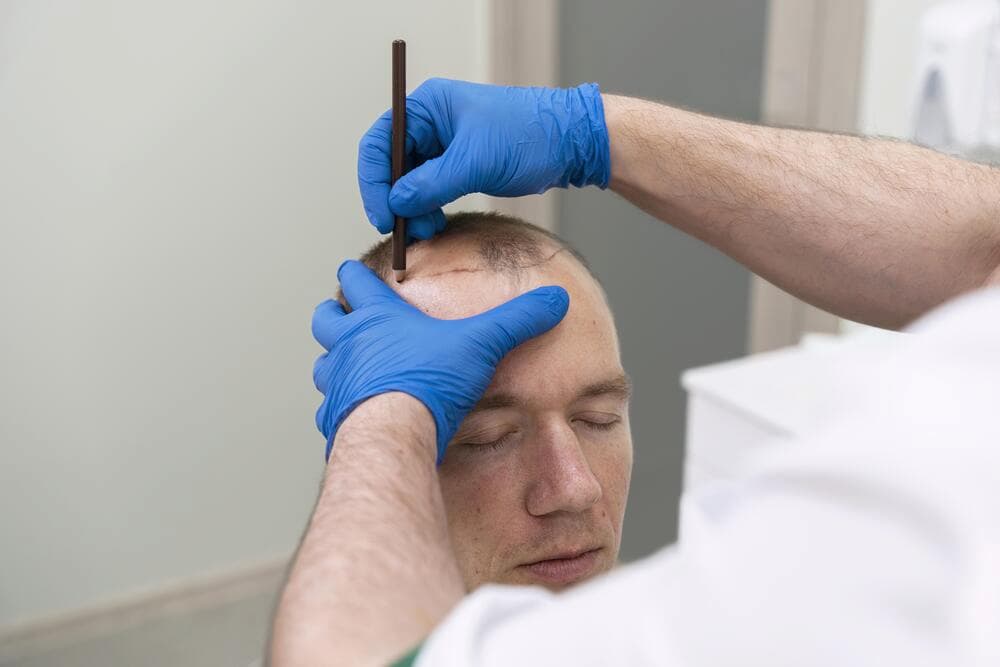Hair Transplant
A hair transplant is a procedure where a dermatologist or plastic surgeon transplants hair to a bald spot on the head. Typically, the surgeon moves hair from the top or front of the head to the side or back of the head.
The results of hair transplant procedures can be amazing and give you a natural-looking head of hair. They are a great way to deal with hair thinning and hair loss and have a ton of advantages.





